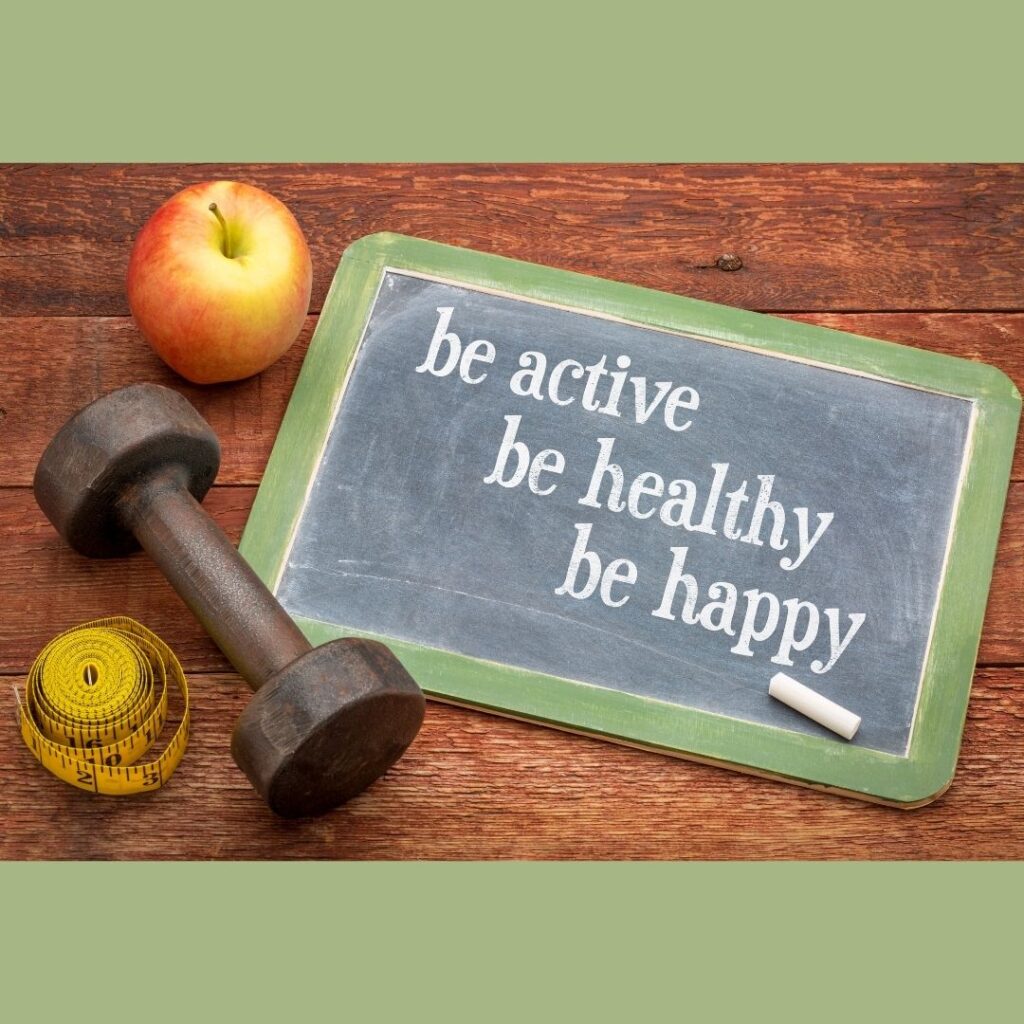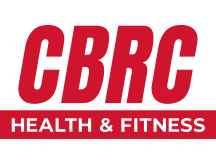BEING ACTIVE WITH MOBILITY LIMITATIONS
Fortunately, there are many ways that people with mobility restrictions, such as using a wheelchair or living with limb amputation, can adapt exercise to stay physically fit. Being active will improve your strength, energy, and coordination. The benefits of regular physical activity include decreasing your risk for obesity, heart disease, diabetes, and depression. For those in wheelchairs, being active can reduce the risk of bladder infections, skin breakdown, and breathing problems.
AEROBIC ACTIVITY
Aerobic activity increases your heart rate and breathing. Build up to doing at least 150 minutes per week of moderate-intensity aerobic activity, 75 minutes of vigorous aerobic activity, or a combination of both.
What? Any rhythmic, continuous activity.
How Often? Most Days, 3-4 days a week.
How Hard? Fairly light to somewhat hard, “can talk but not sing”.
How Much? 30 to 60 minutes over the day.
Aerobic Activity Cautions: Modified sports like adaptive aquatics, soccer, kayaking, rowing, and cycling can help you reach your goal. Exercise videos are a great at-home option and many exercises can be performed in a chair. If an activity worsens pain, you have done too much. Talk with your health care provider if you have concerns. ° Stay well-hydrated before, during, and after activity.
STRENGTH TRAINING
Strength training can help your muscles work better and increase your strength for daily and recreational activities.
What? Adaptive weight lifting — hand weights, resistance bands, or your own body (for example, wall push-ups or chair sit-to-stands).
How Often? 2-3 days a week. Rest on in-between days.
How Hard? Start with light effort then build to medium to hard effort.
How Much? 10-15 repetitions (for each major muscle group). Perform 1-3 times.
Remember: Your goal is to improve your ability to do activities of daily living. If you need it, get help from a certified exercise professional. They can teach you the right way to do the exercises and how to breathe properly.
Strength Training Cautions: Be mindful of any medical precautions, for example, if you have any restrictions on twisting, range of motion, or how much you should lift. Don’t hold your breath when you lift. Breathe normally through the exercise.
OTHER TYPES OF PHYSICAL ACTIVITY
Flexibility: Take a moment to stretch the major muscle groups after activity, holding the stretch 10 to 30 seconds (30 to 60 seconds for older adults), repeating 3 to 4 times. Try chair yoga or adaptive yoga.
Low Impact: Low impact activities include those that are seated or water-based. Exercises and stretches that focus on improving your range of motion and strength can be easier on your joints and don’t get you out of breath.
Just for Fun: Many recreational activities can be adapted to fit your needs, such as golf, fishing, skiing, and sailing. These activities offer the opportunity to connect with other people, continue with hobbies you enjoy and can boost your spirits.
GETTING STARTED
-Keep It Simple Move around more! Roll to the mailbox. Walk the dog. Dance in your chair. Find opportunities to move throughout your day. It all adds up.
– Talk with Your Doctor If you have health concerns, talk with your health care provider before you start exercising, especially if you haven’t exercised much in the past.
– Resources Check out the list of community-based sport and recreation programs at the end of this handout. You’ll be surprised by all the help and kindness around you.
– Be Active with Others Exercising together with friends is more fun and provides social support. Plus, you’ll be more likely to stick with it.
MOVEMENT HEALTH & MOVEMENT FUNCTION
Our Exercise Professionals believe that exercise is medicine and are eager to assist! To get started today call (509) 943-8416 or email morganfewel@my-cbrc.com.
American College of Sports Medicine, Exercise is Medicine accessed December 2020, <https://www.exerciseismedicine.org/>
